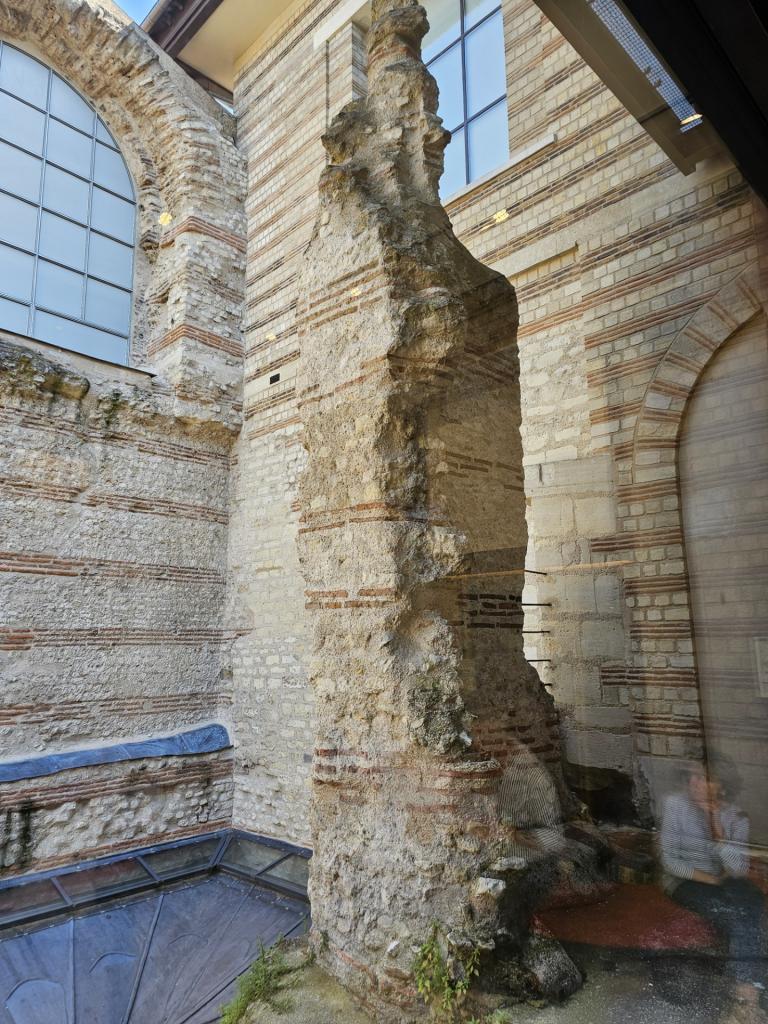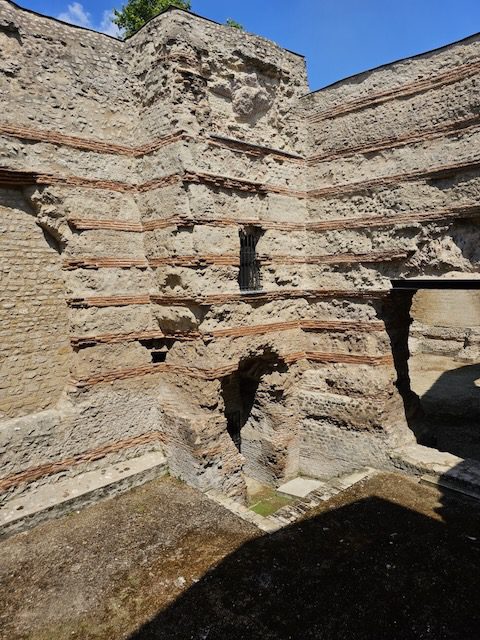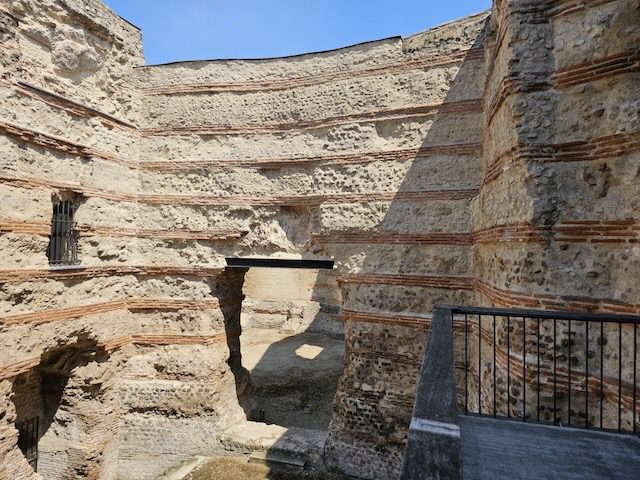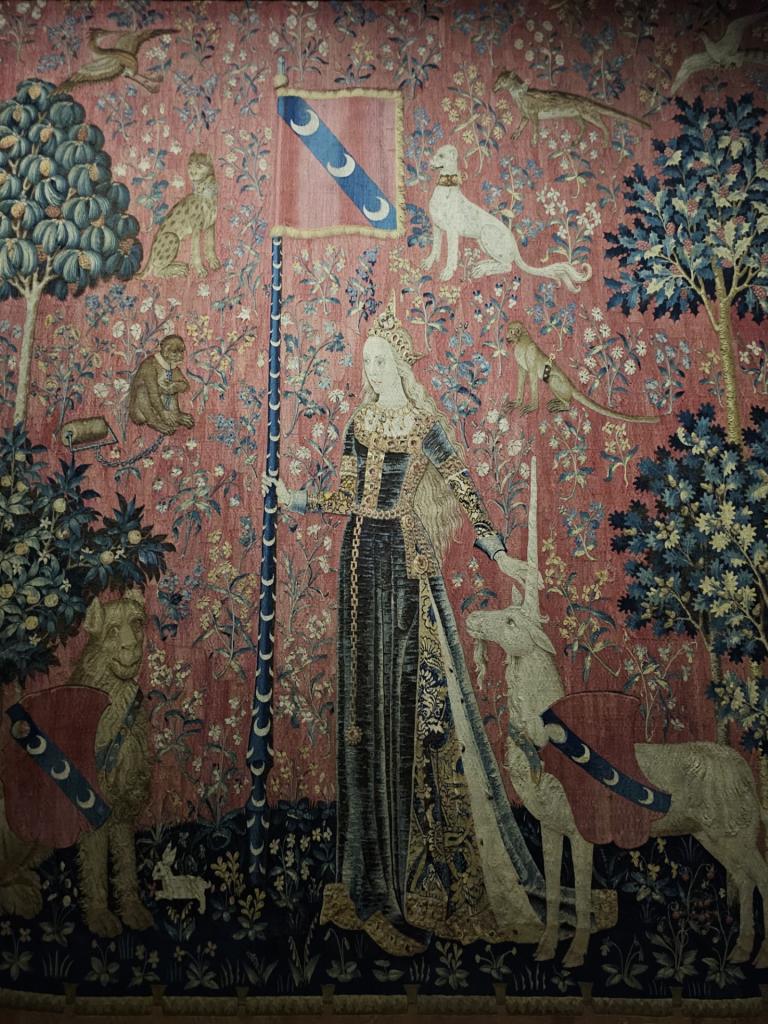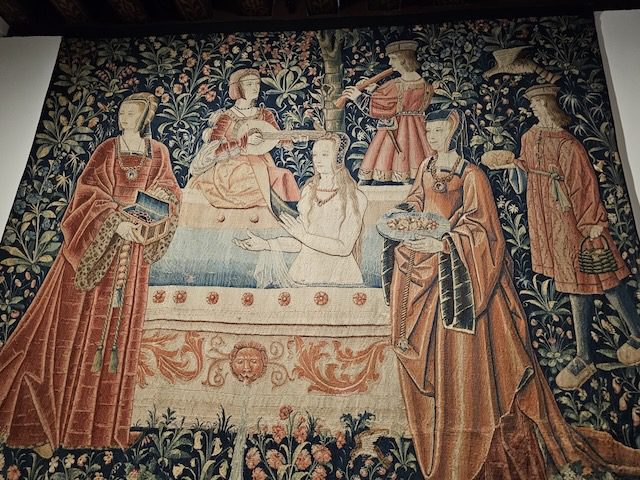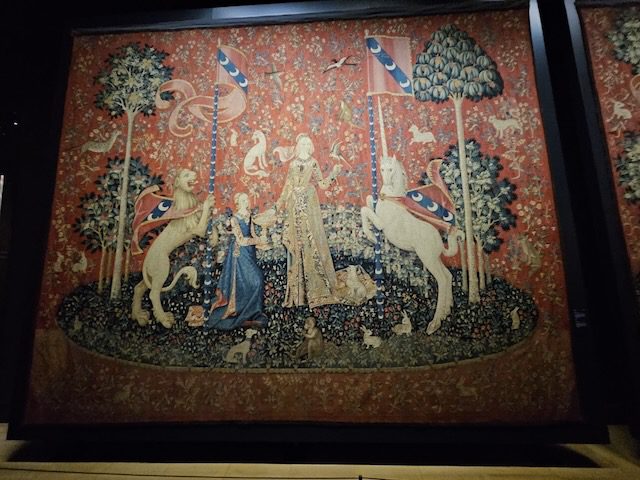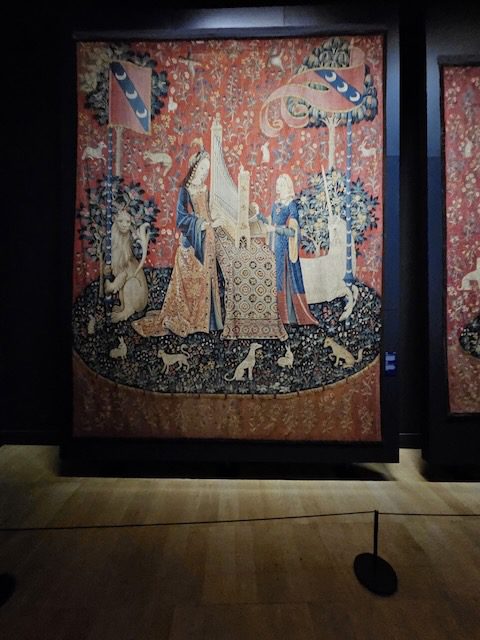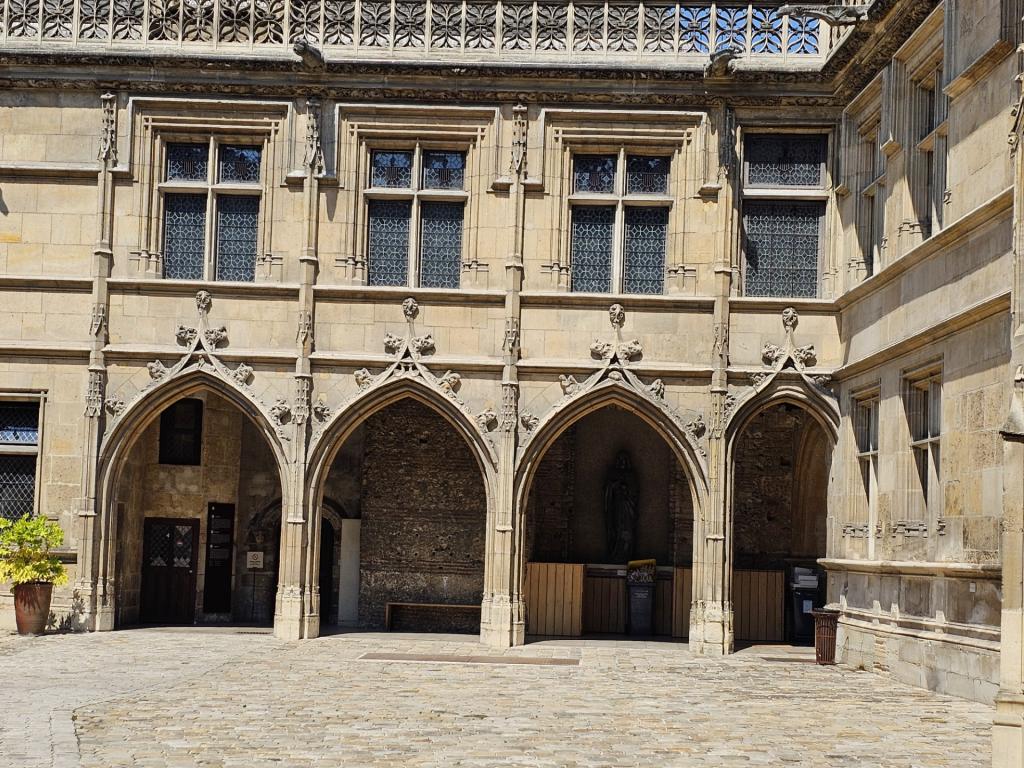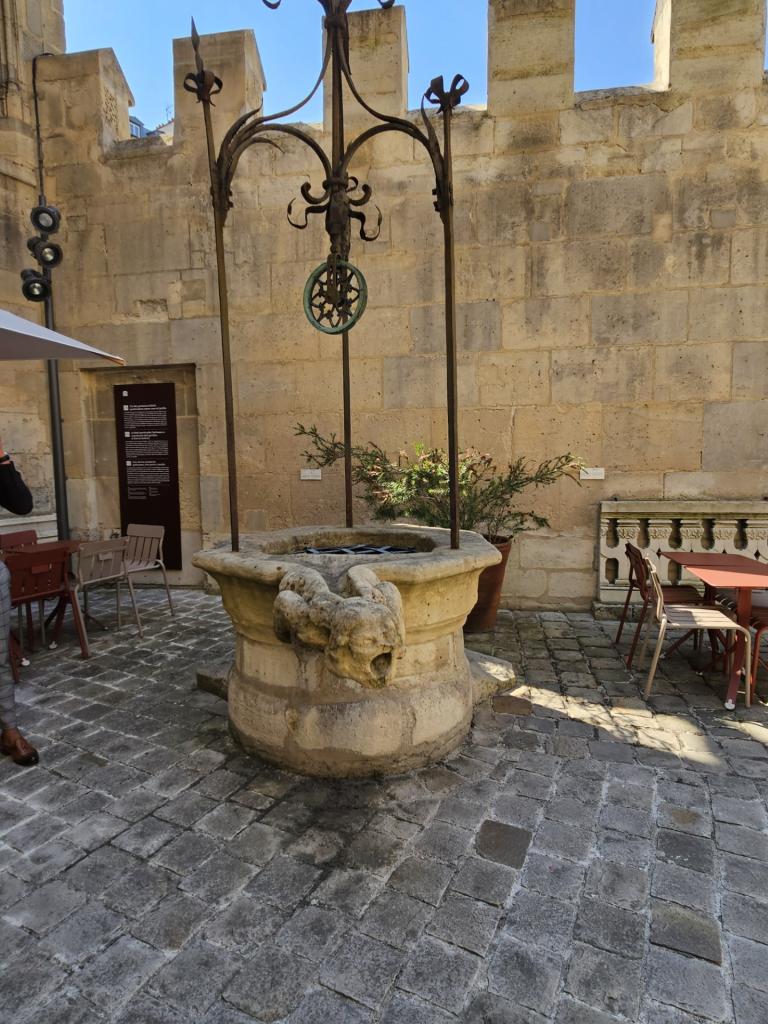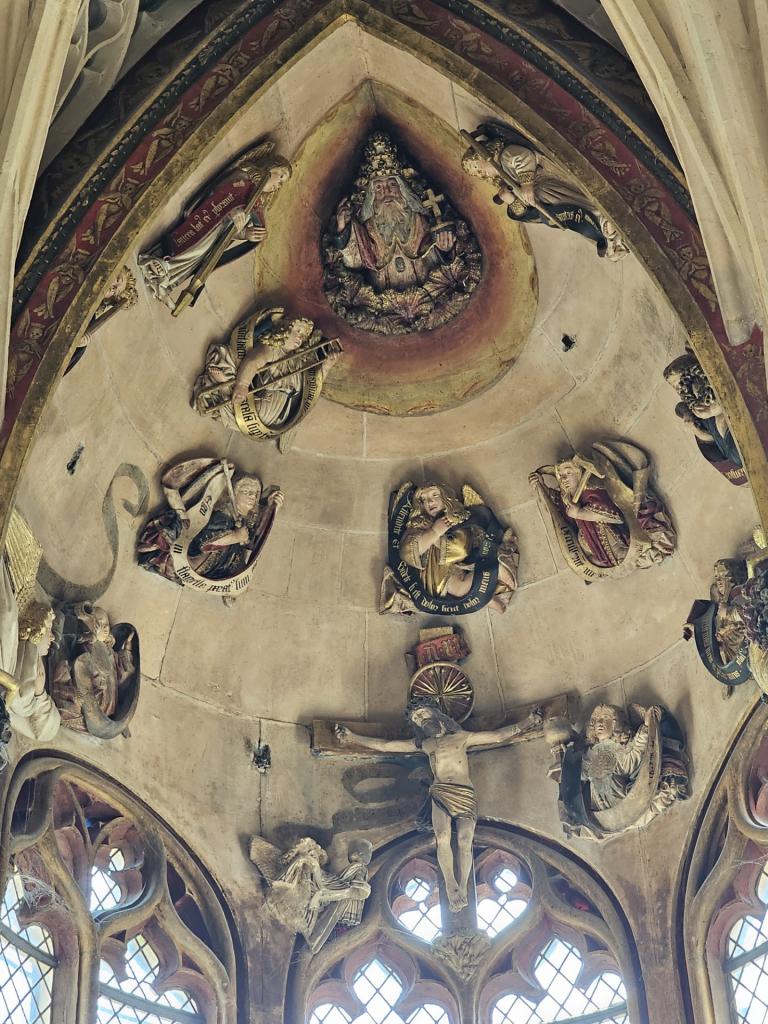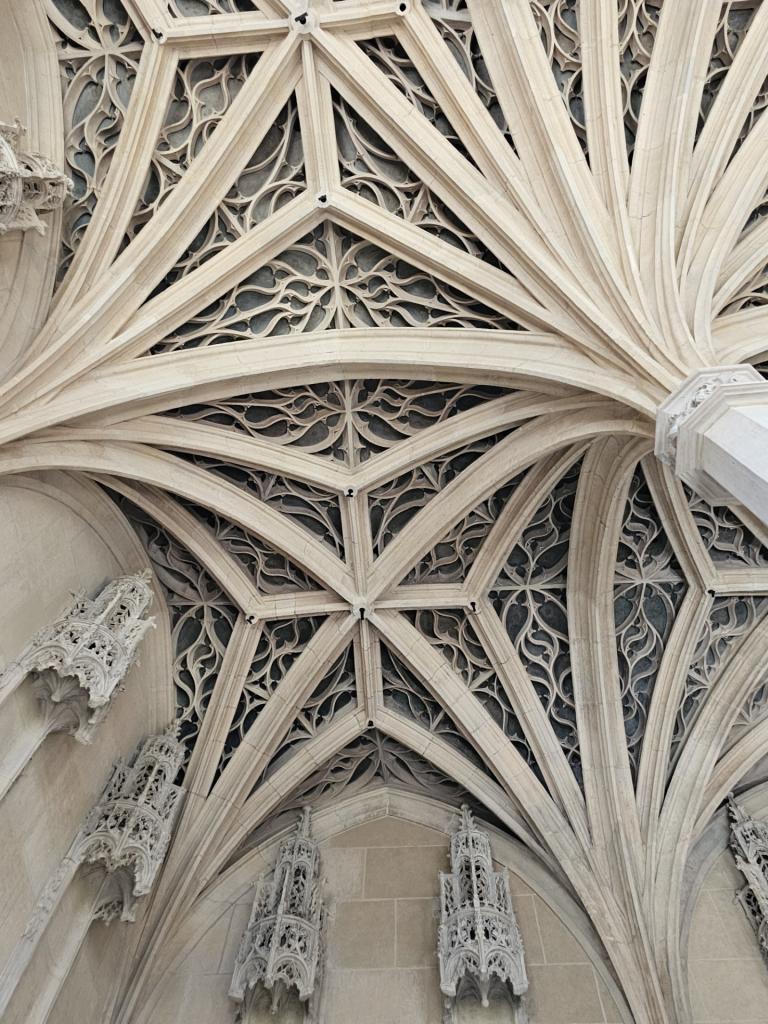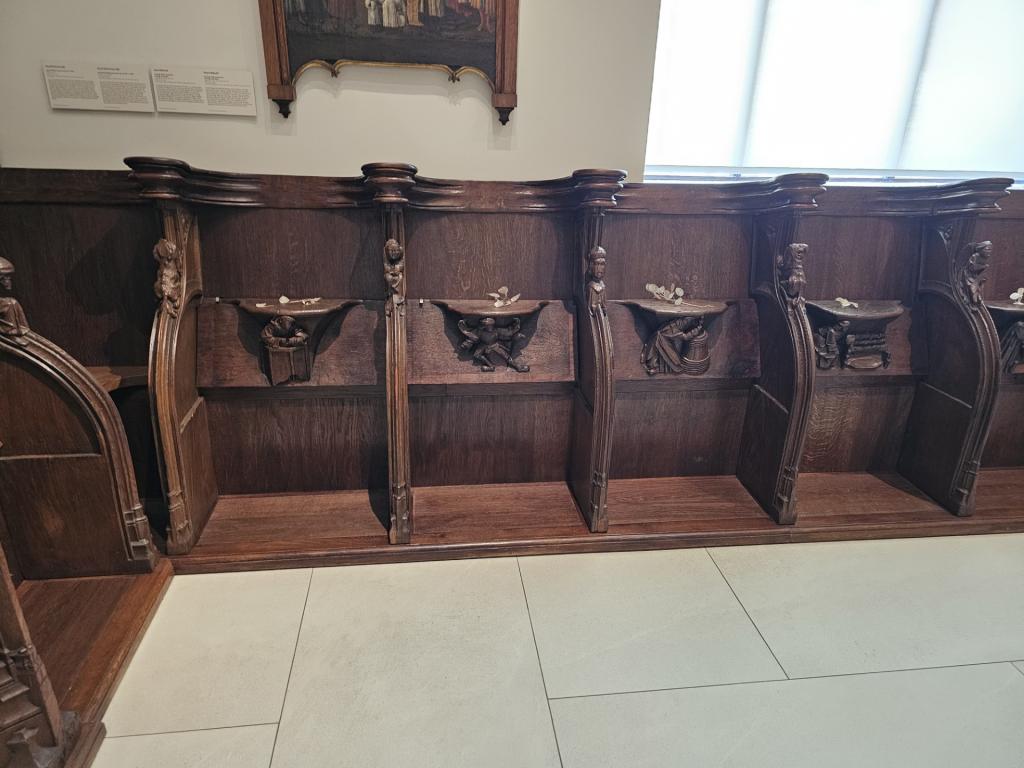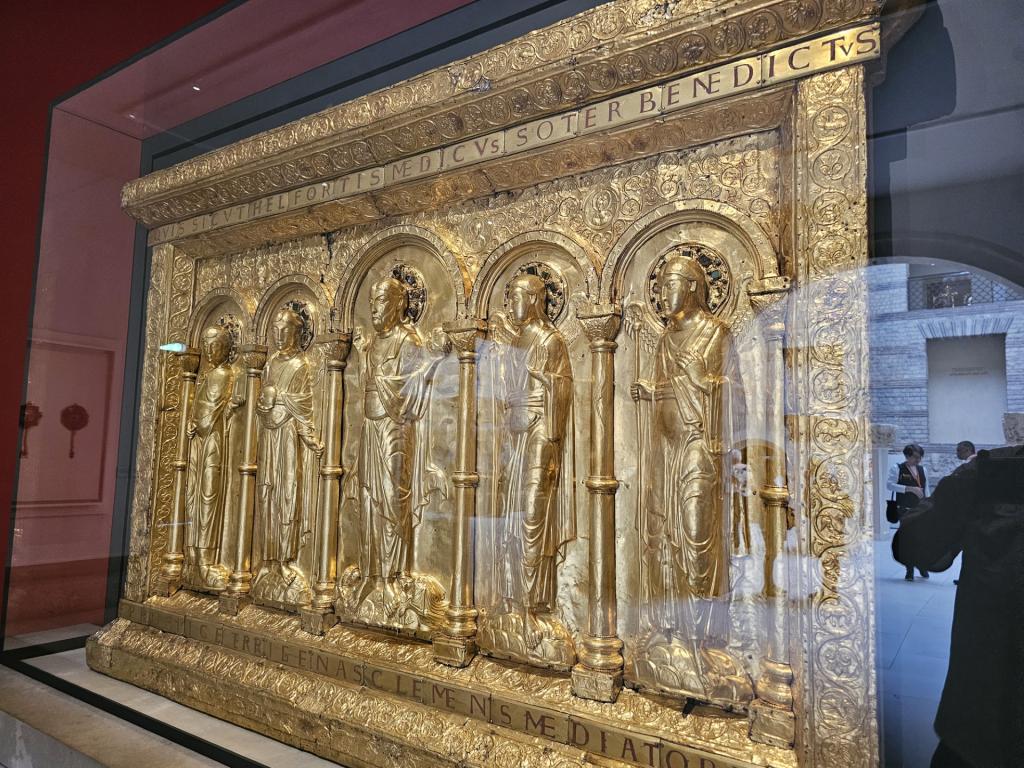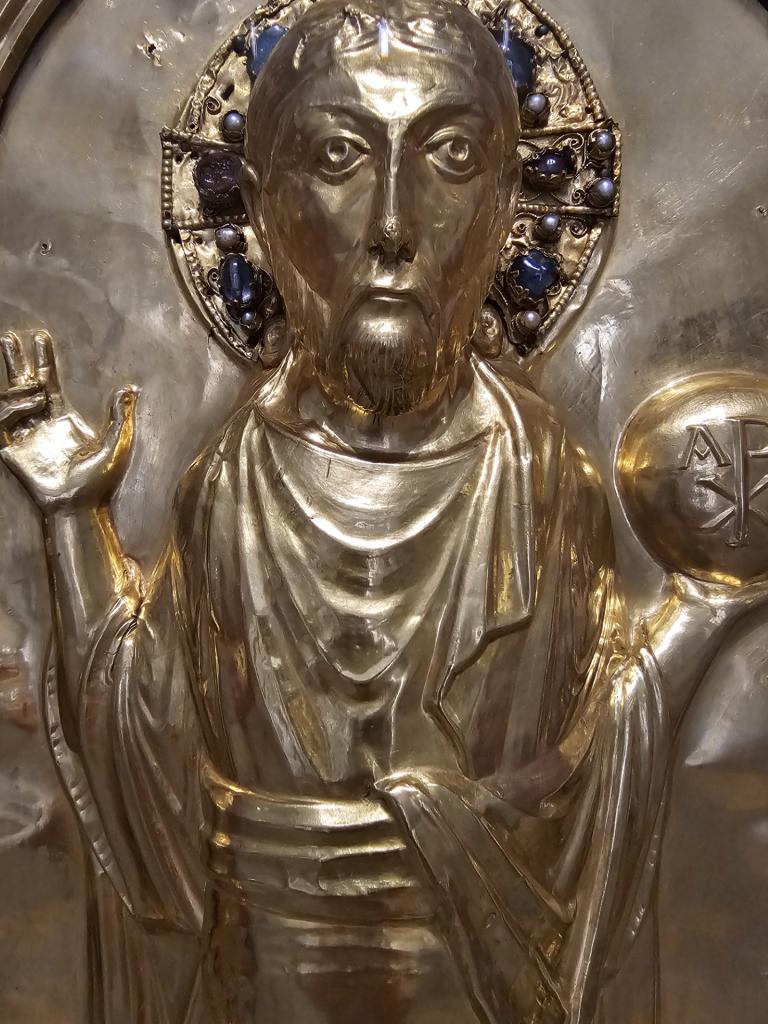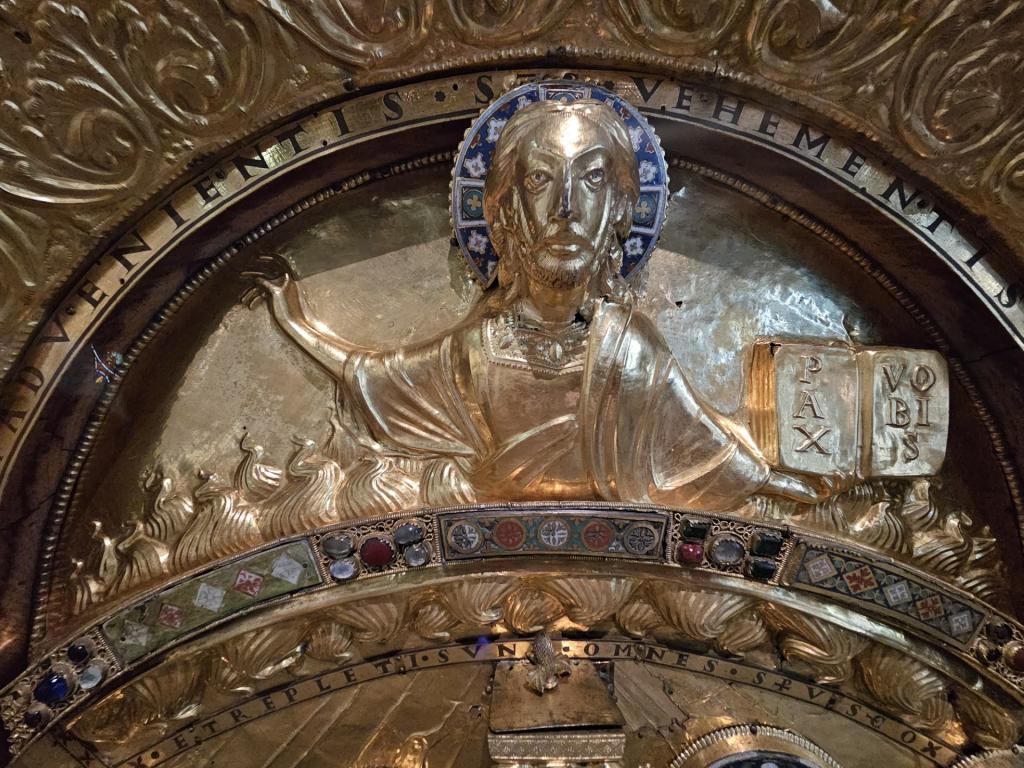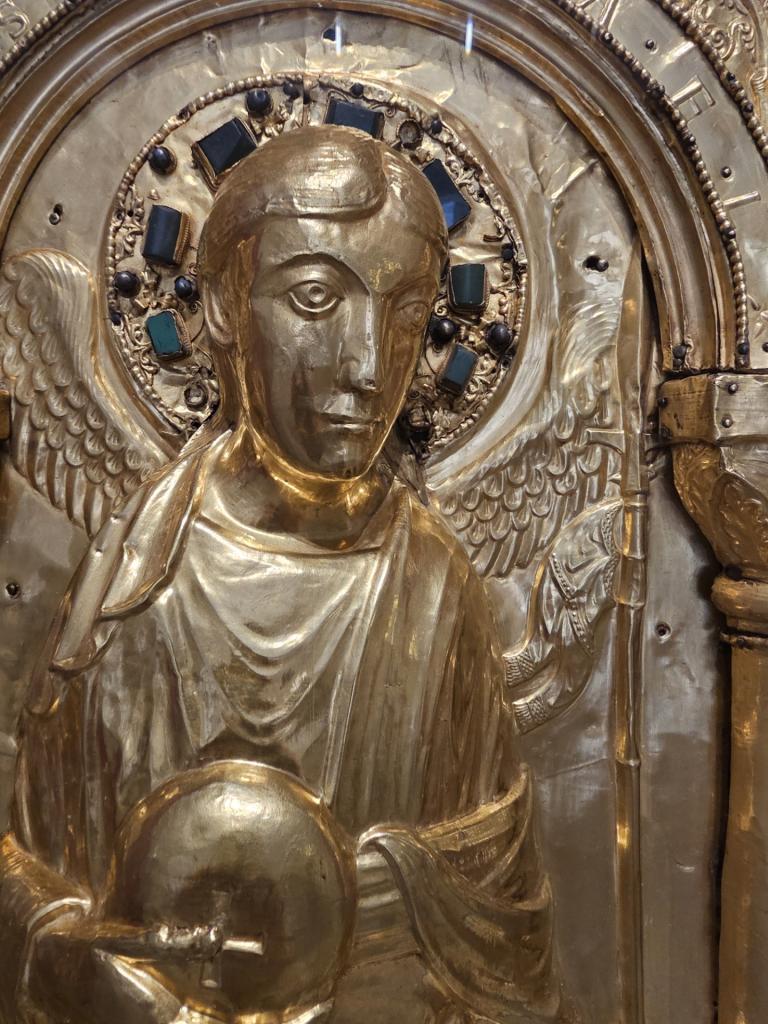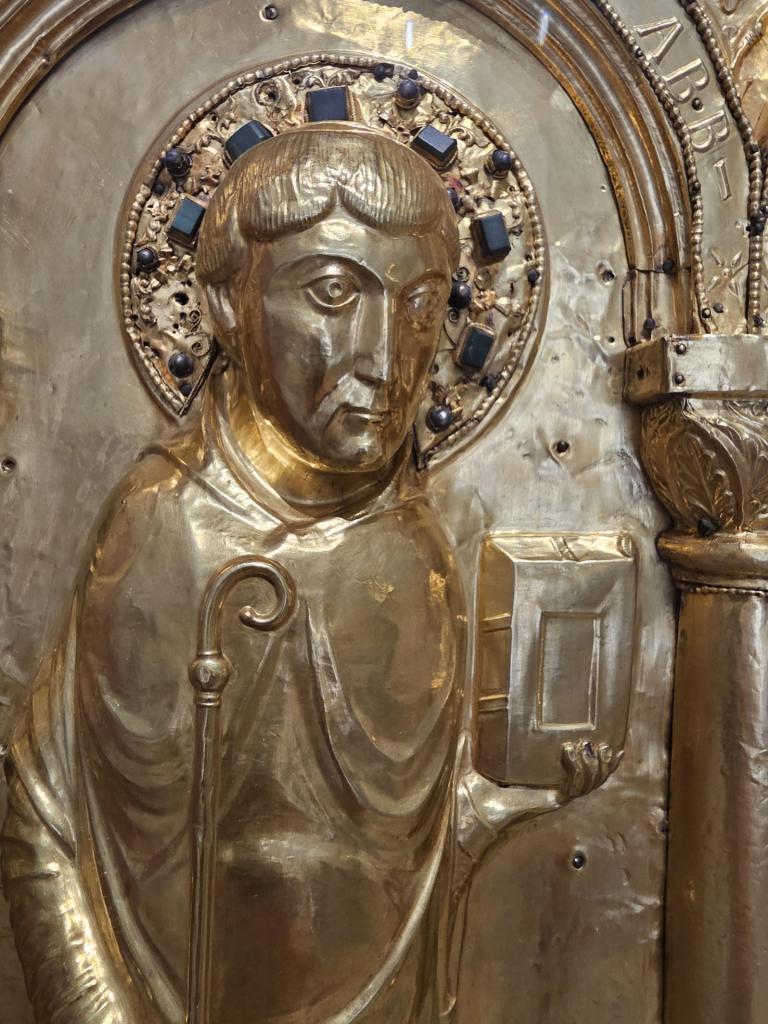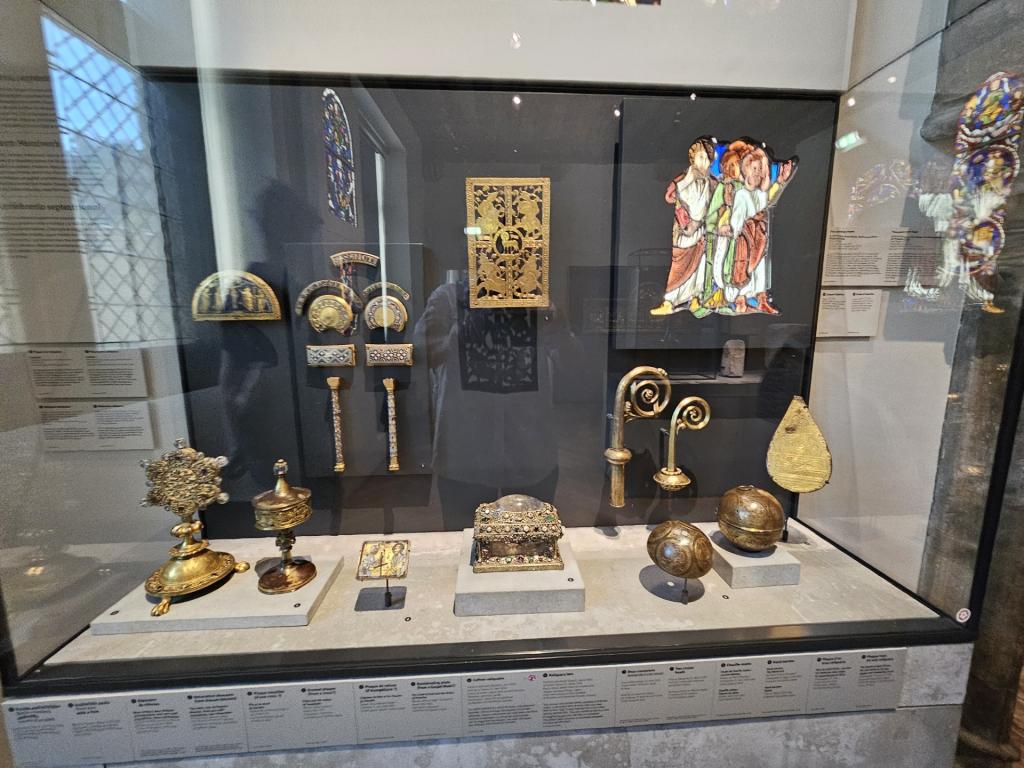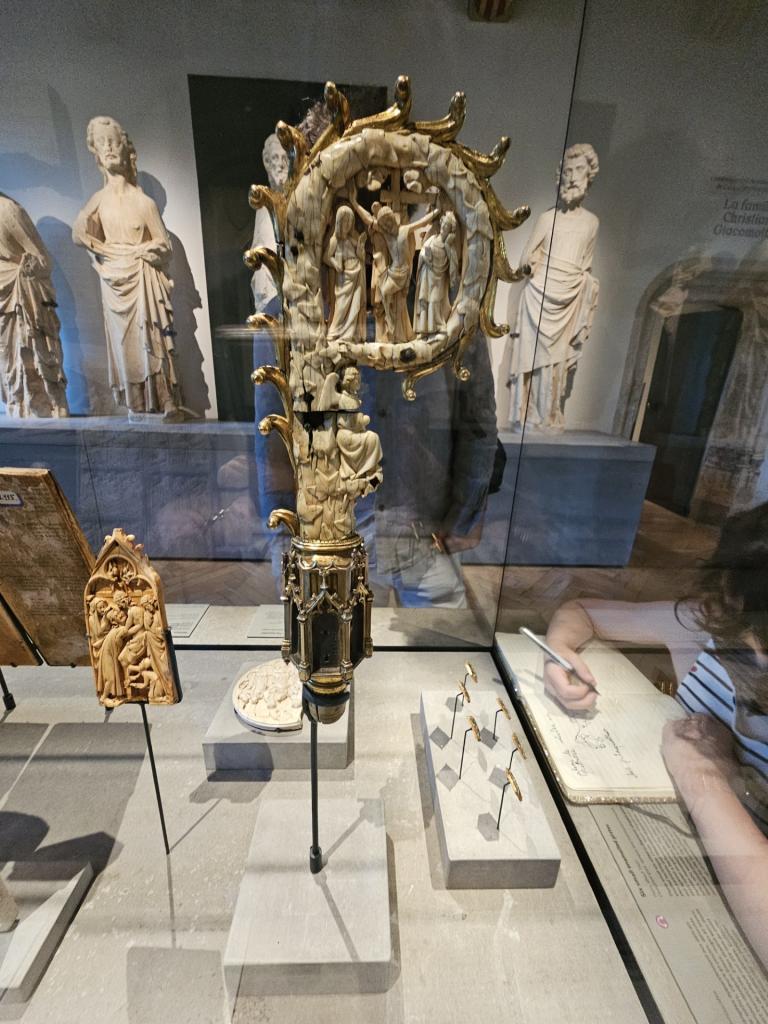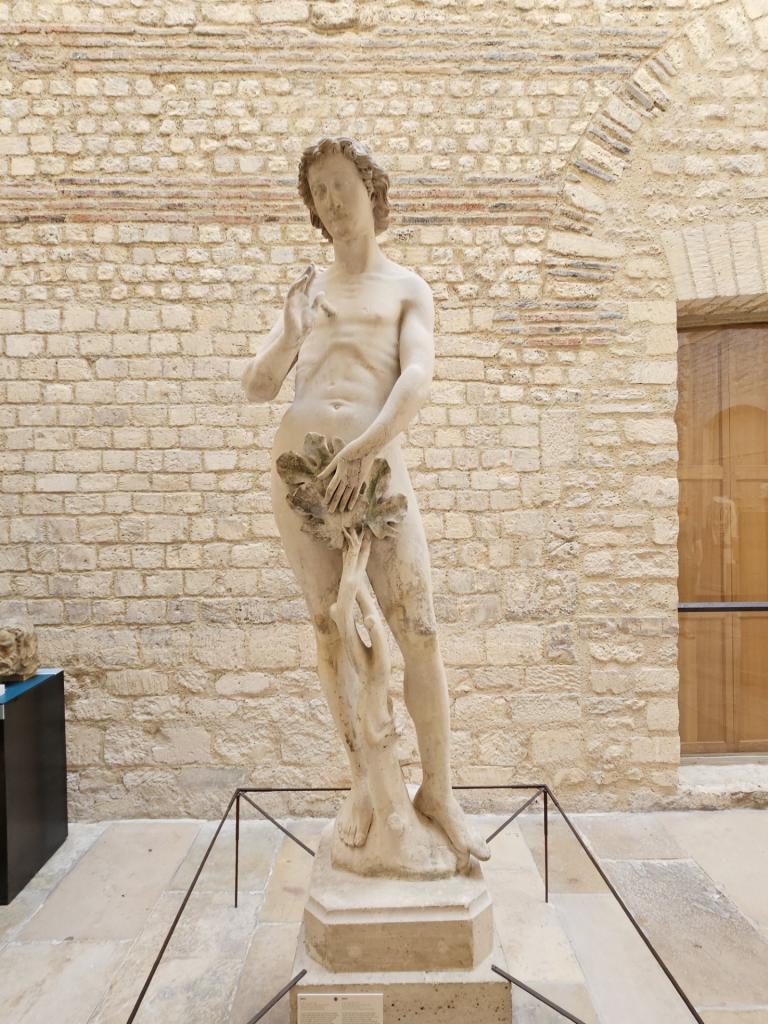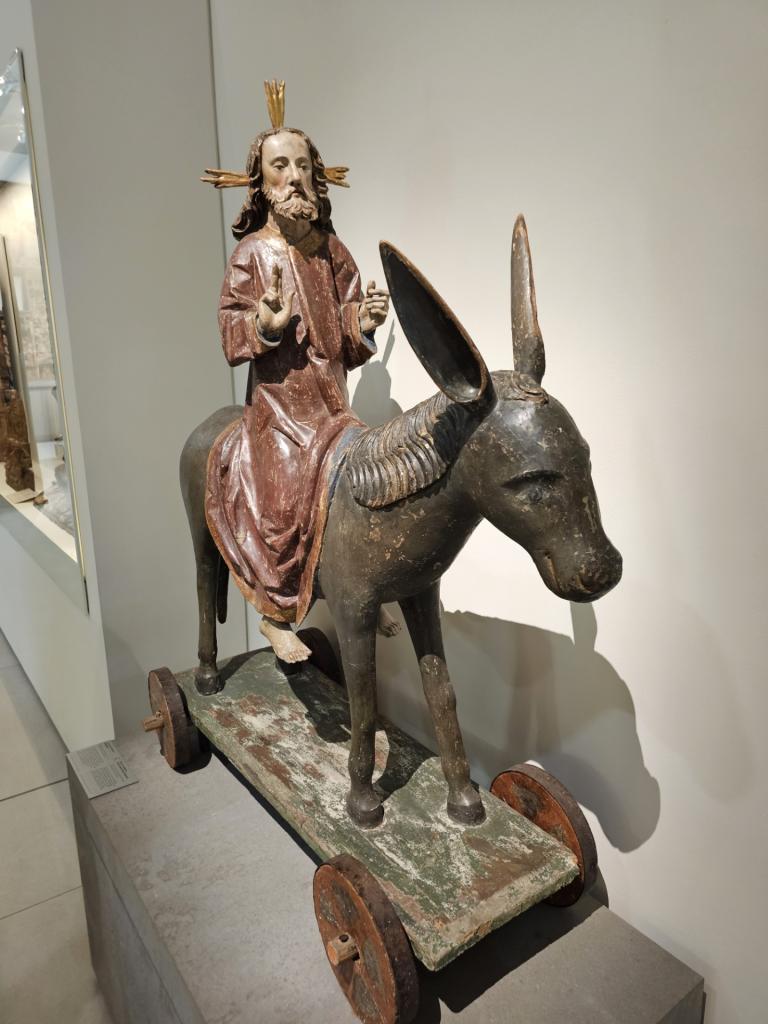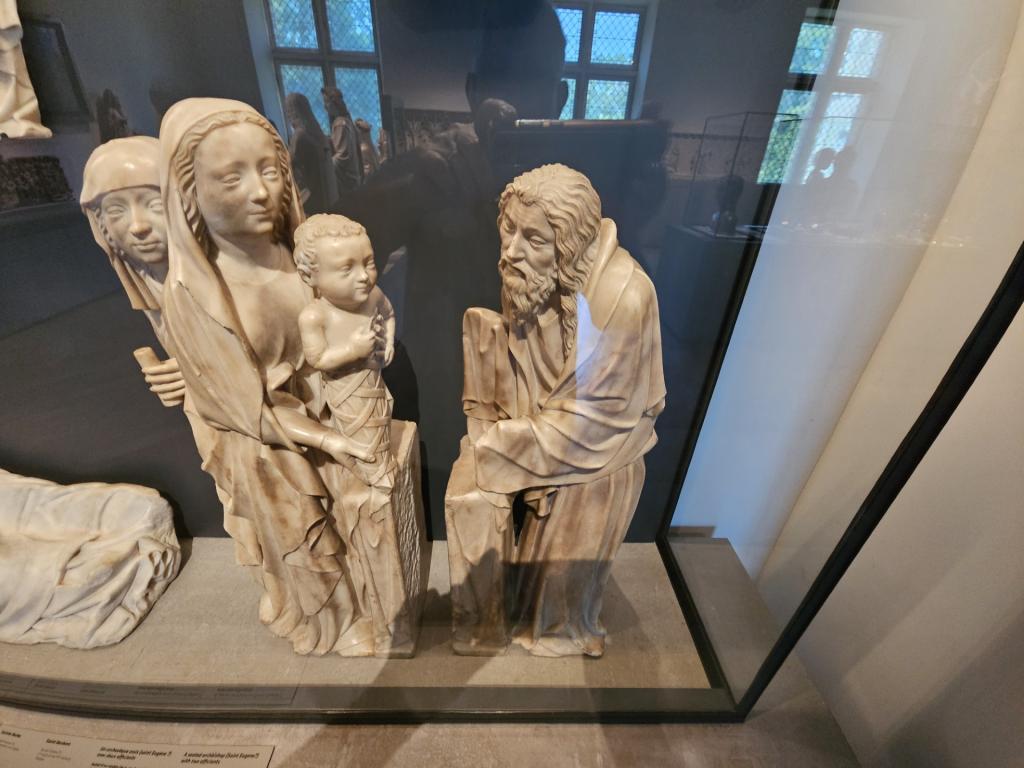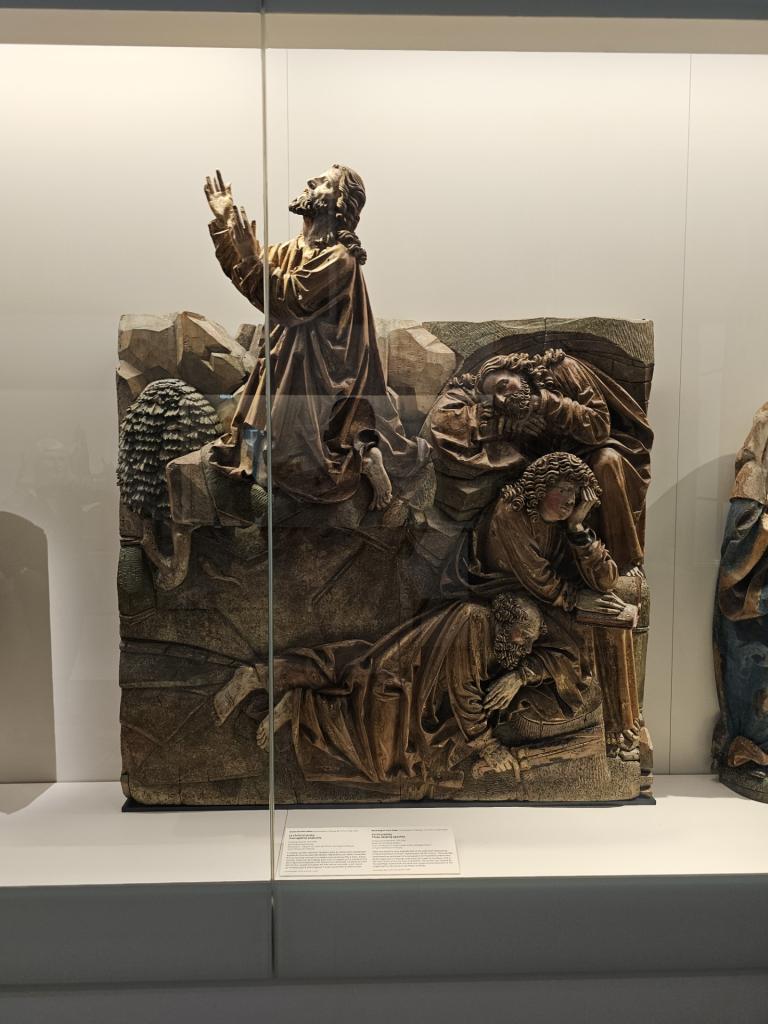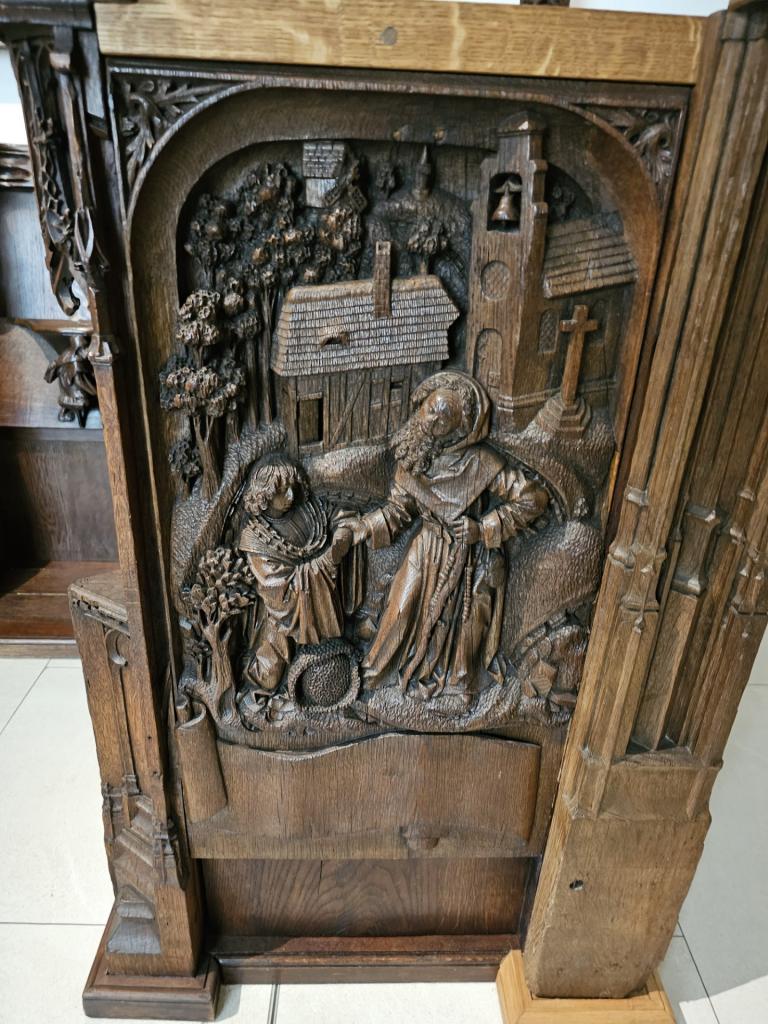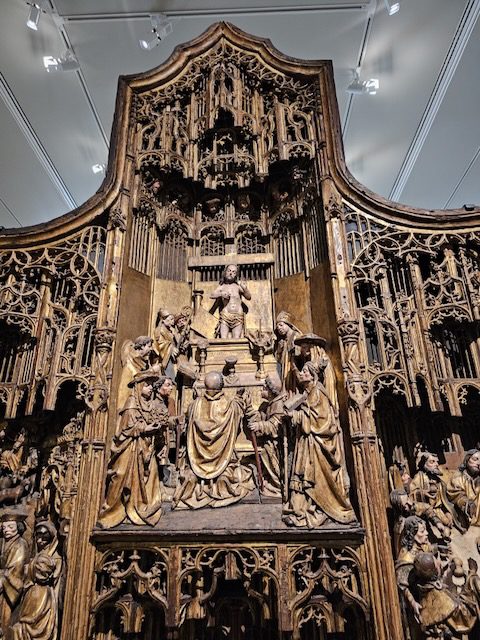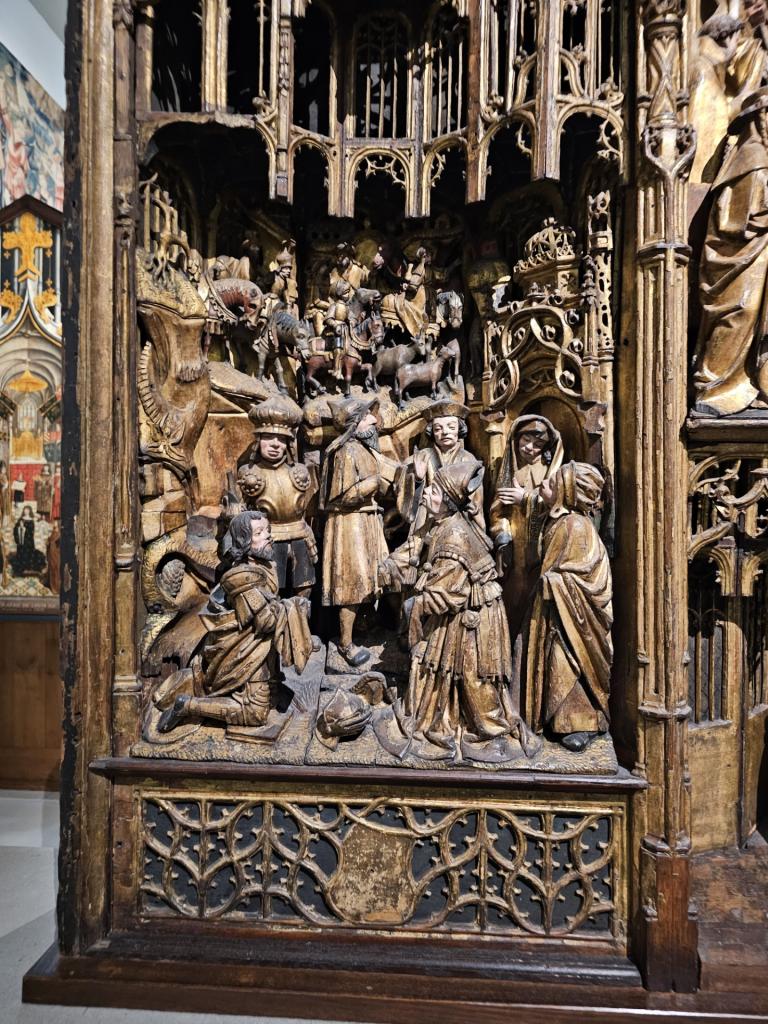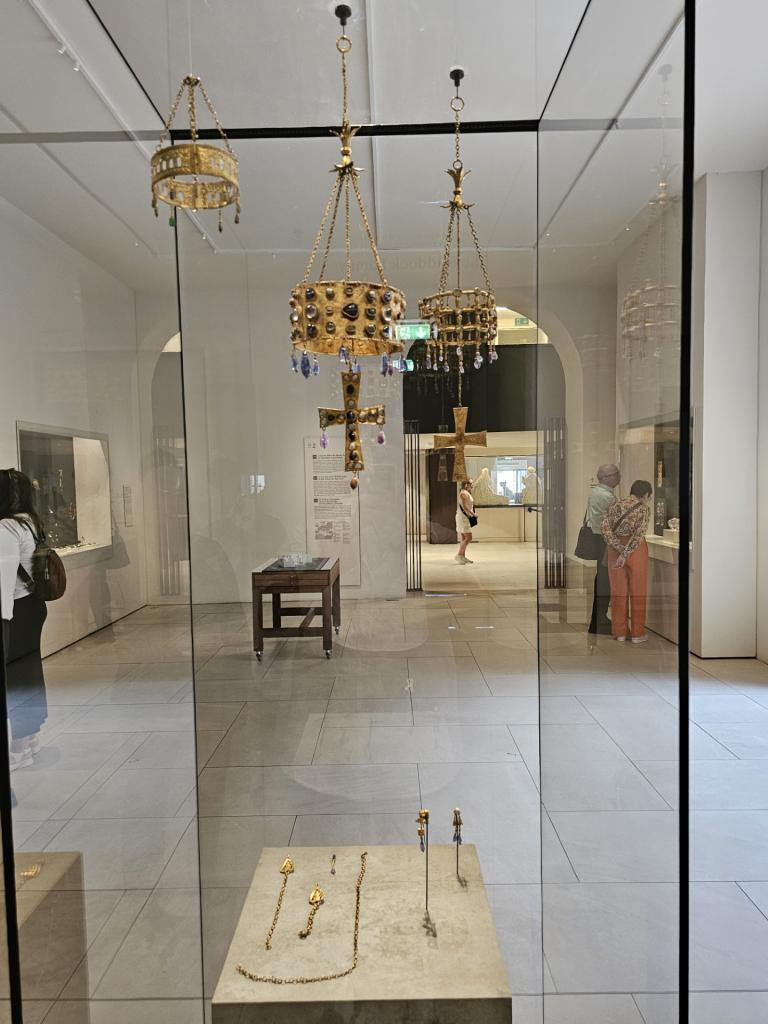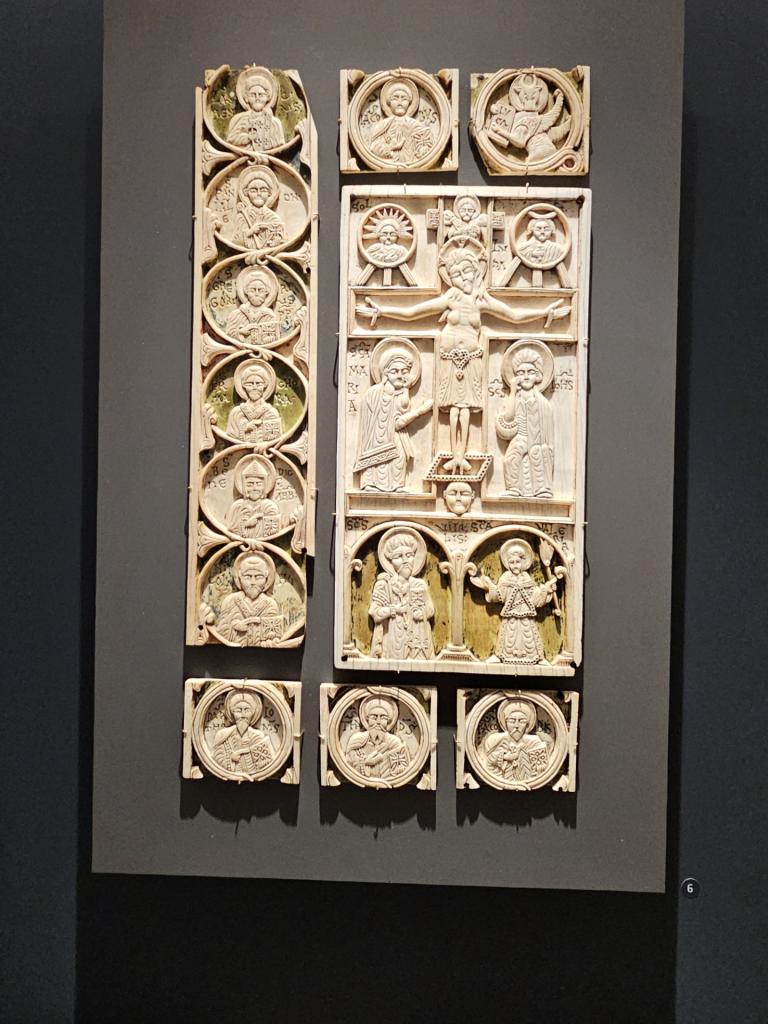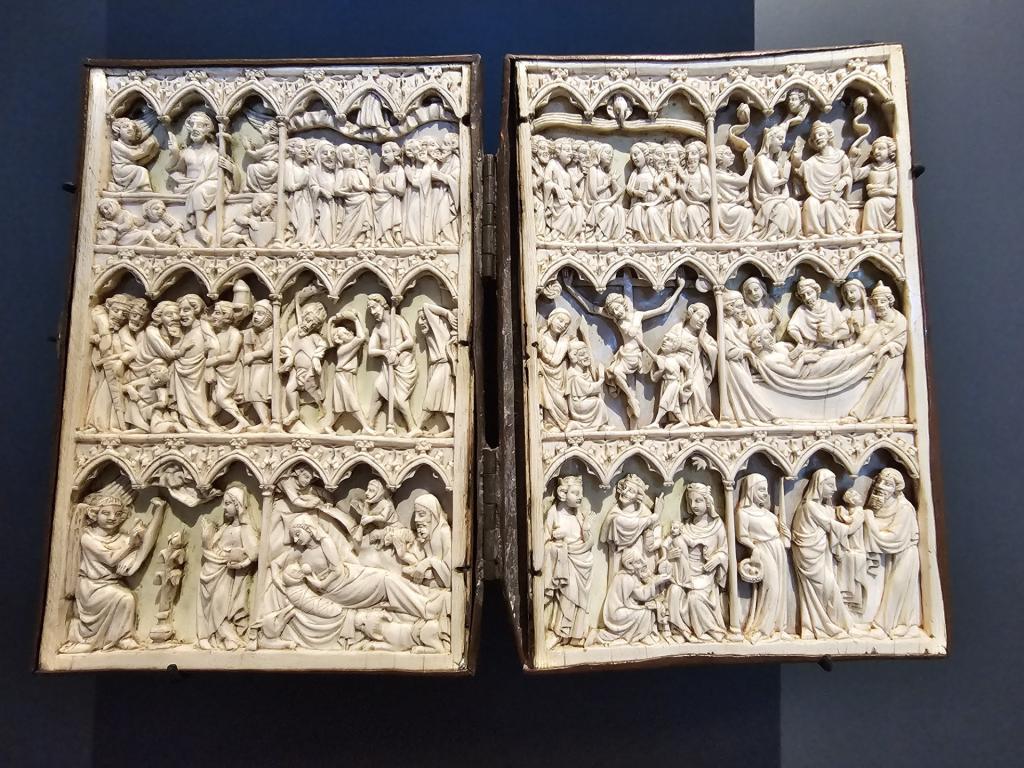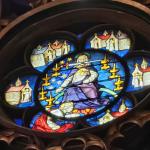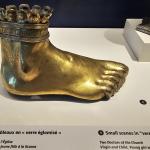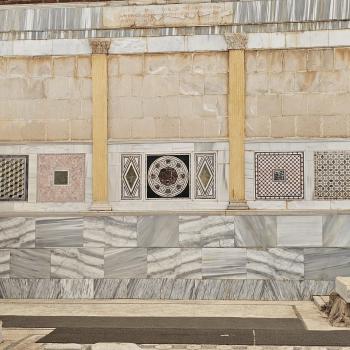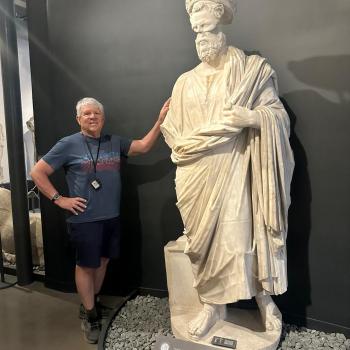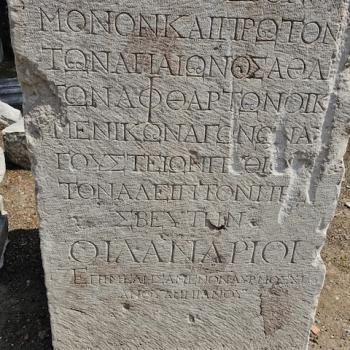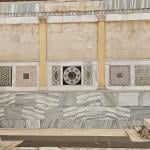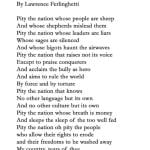One museum I had never visited in Paris was Cluny, which was once a monastery satellite of the huge abbey of Cluny in the city of the same name. I had no idea there was so much Christian art in Cluny museum in Paris, but you are about to see what I mean. A little history is in order. Cluny, both the abbey and its monasteries was once the dominant Catholic religious force in France, run by the Benedictines. Here is a little history from Wiki.. “Cluny Abbey is a former Benedictine monastery in Cluny, Saône-et-Loire, France. It was dedicated to Saints Peter and Paul. The abbey was constructed in the Romanesque architectural style, with three churches built in succession from the 4th to the early 12th centuries.” I doubt the first one was constructed in the 4th century, when Queen Helena had just begun founding churches in Sille in Turkey and in Jerusalem and Bethlehem, but in any case these Benedictine buildings are very old. The one in Paris was built next too, or out of an ancient Roman bath.
Unfortunately, this part of the Cluny museum was closed the day we were there, but never mind, there was much else to see. Let’s start with the famous tapestries. In the middle ages tapestries were in vogue, to say the least, and many monasteries and churches, and elite homes were commissioning them. These tapestries focus on a lady, and a unicorn. I found it mildly humorous that the descriptions left out the crucial bit– the unicorn from at least 12th century on was a Christ symbol, not least because like Christ,m it was unique, a one off. There was no other creature ion earth every like the unicorn/Christ. The lion as well was another Christ figure in medieval allegory and story.
These tapestries are well preserved, and rightly deserve a room to themselves. Next we will look at the cloister and the chapel at the back of the monastery.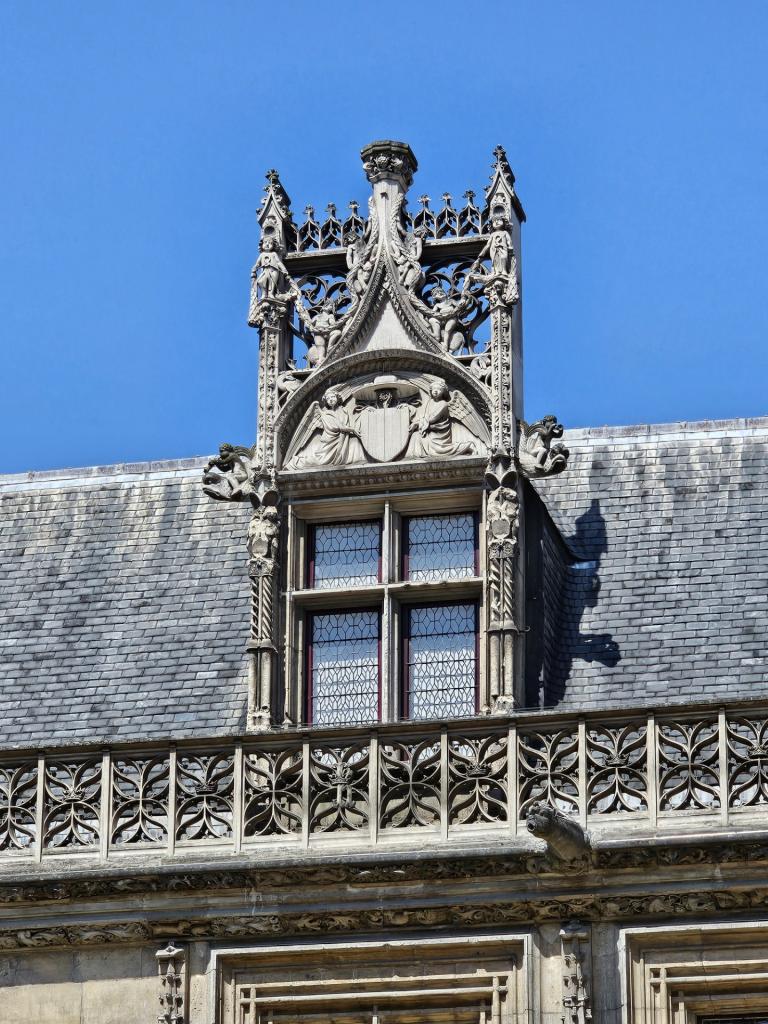
Notice the old well in the cloister. Below are two. of the more interesting features in the chapel.
What you see just below are called miserecordia, or mercy seats, for monks who couldn’t stand for hours, but could appear to still be standing by propping up their backsides on these little shelves…
Basically, the Cluny museum includes rescued altars, altar pieces, croziers, statues and the like from various defunct churches and monasteries. And thank goodness they did that work, because much high Christian art would have been lost. For example, consider this golden altar…or these bronze figures
Or this collection of croziers and sacristy items…
It is a great shame that even in Paris’ great museum they don’t use non-glare glass in their cases. Nor would we want to lose the many Biblical statues in this museum, such as St. Peter….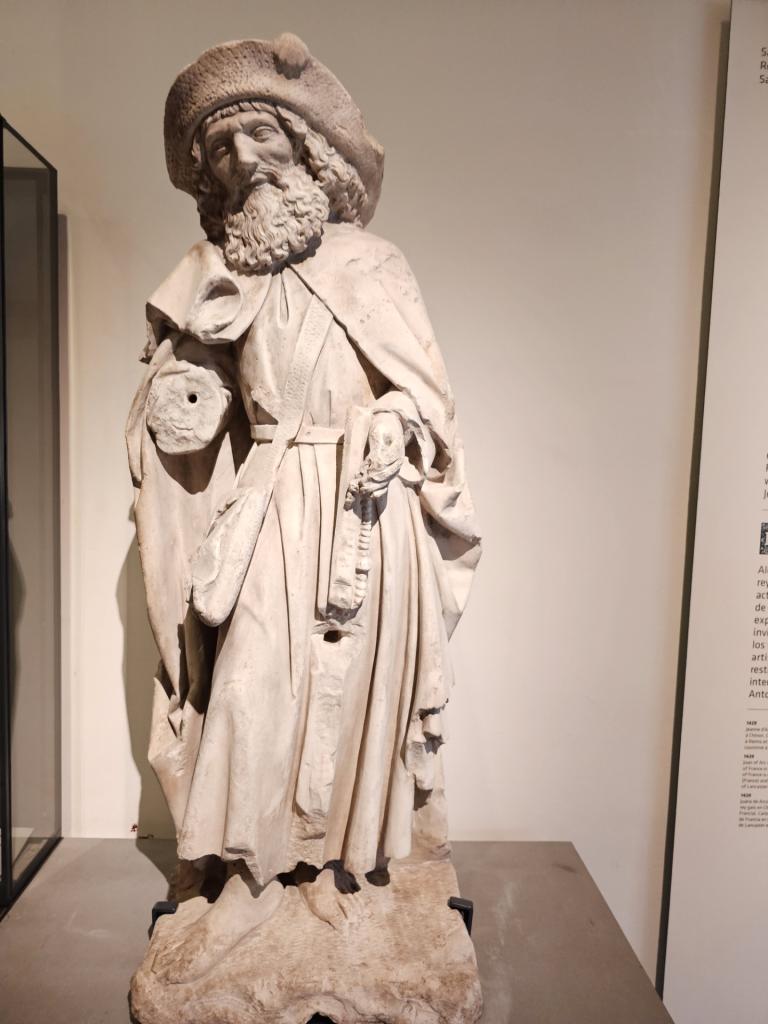
This is Peter just after his miraculous release from prison in Jerusalem.
Or Adam, who managed to find a whole fig tree to hide behind. Or the Palm Sunday Jesus riding on a donkey, an item used in Palm Sunday processions through the streets..
Or Mary presenting baby Jesus to Simeon in the temple… and in the first picture, one can see Anna as well.
Or so many incredible carved wooden objects, like this depiction of Jesus praying and the disciples sleeping in the garden of Gethsemane.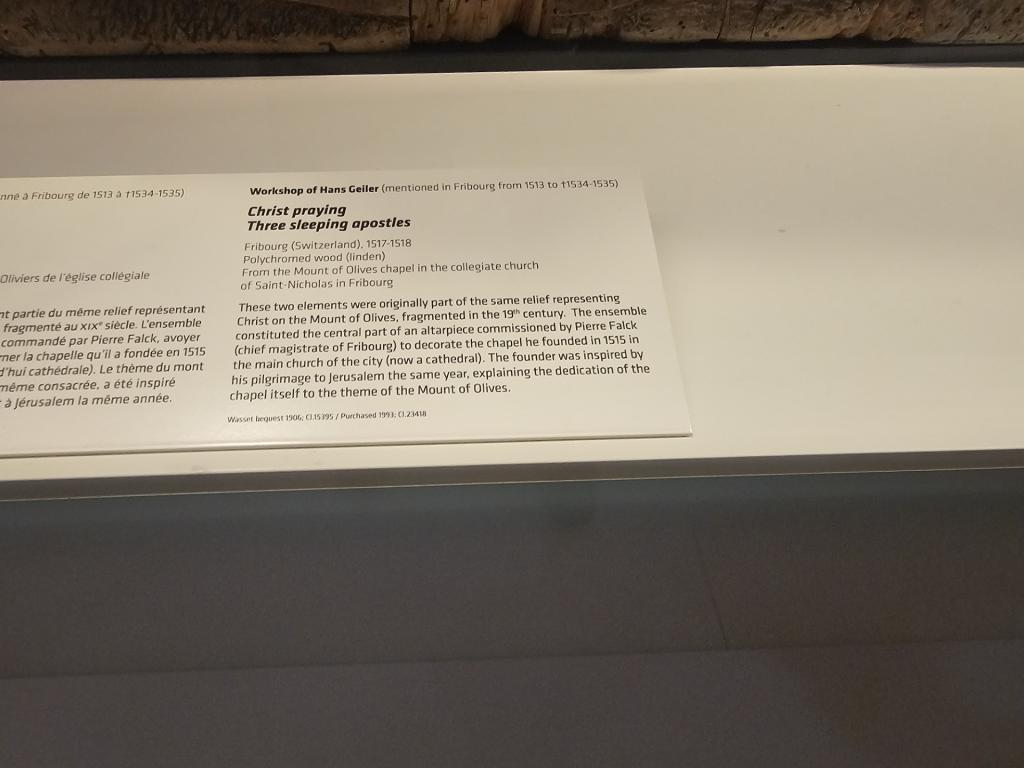
Or this wooden altarpiece…
Or these crosses and crowns….
Or finally (and there will be one more post on Cluny and its riches), how about this Gospels carving or this diptych carved out of ivory?


